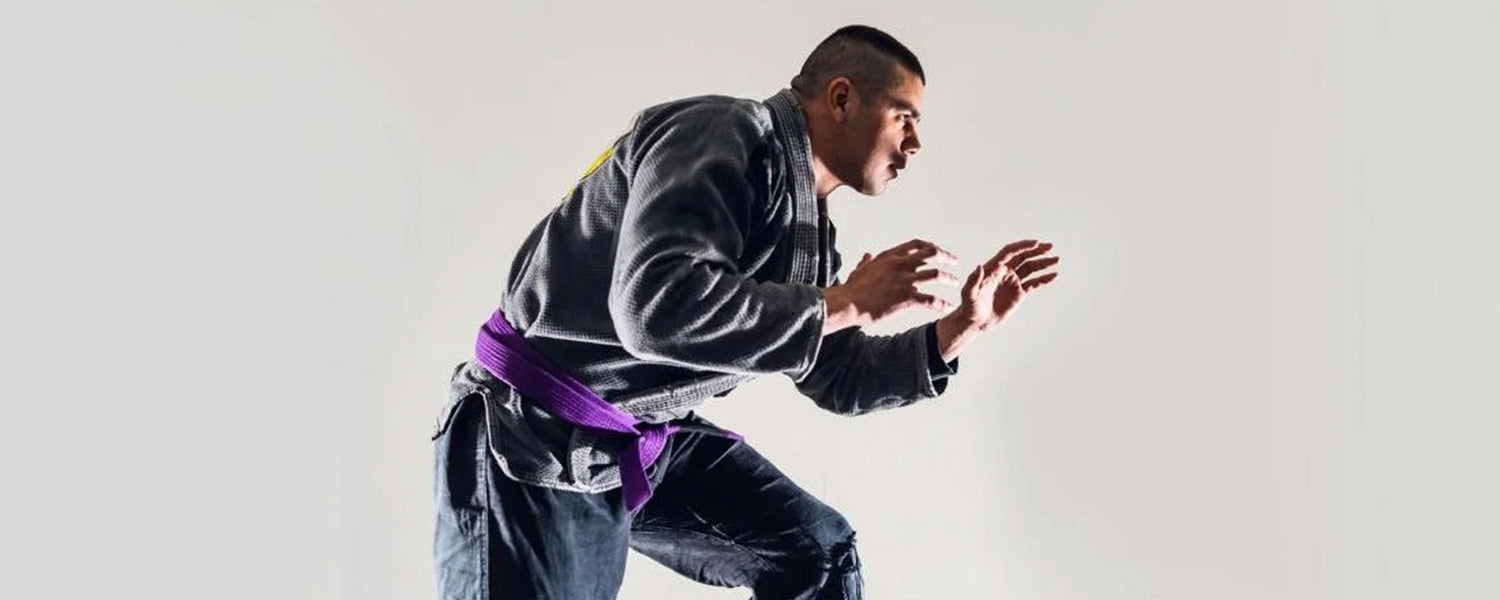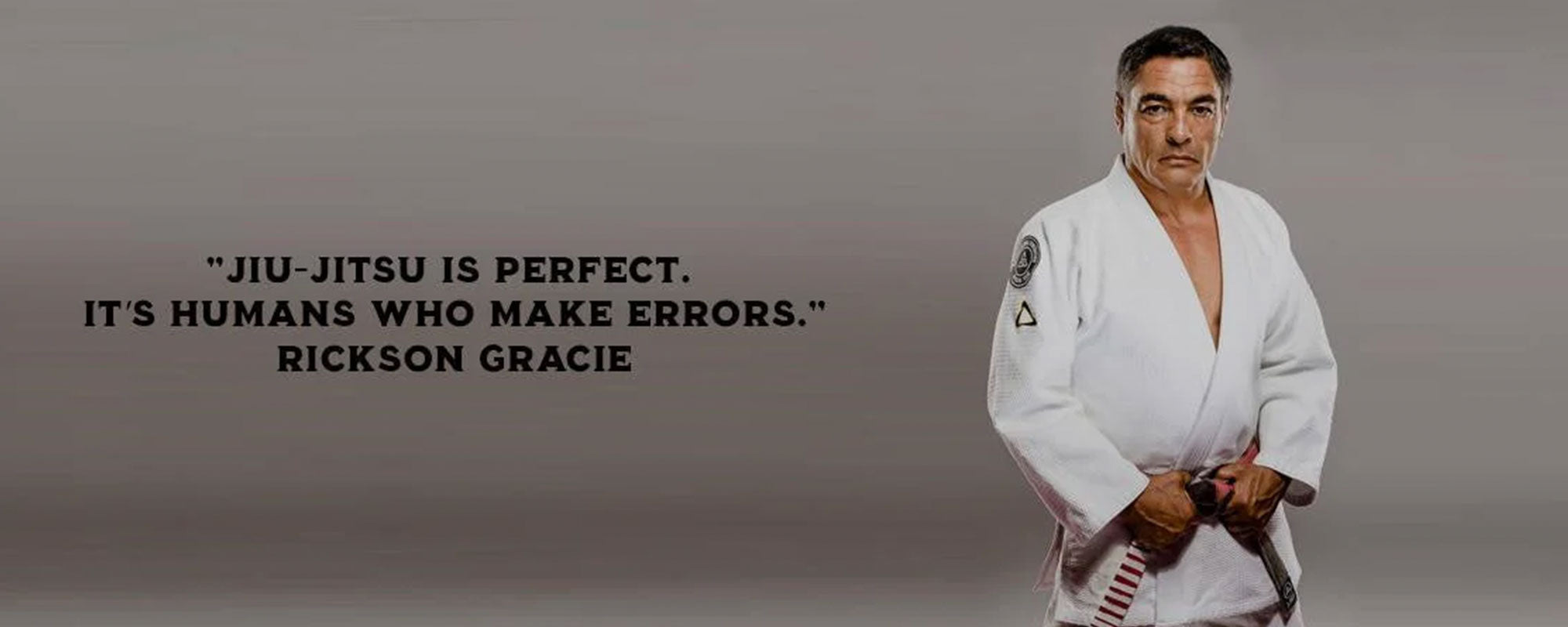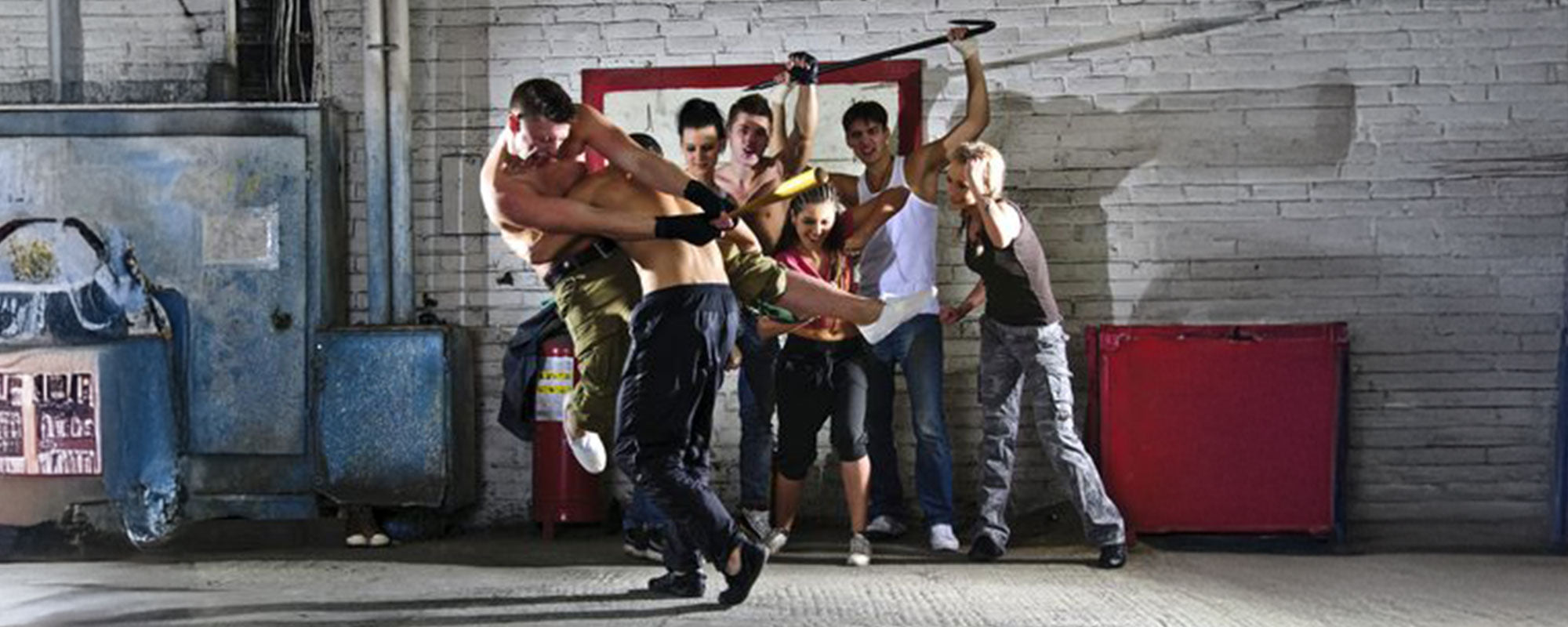Table of content
1. Introduction to Belt Rank System - Blue to Purple
2. Blue Belt
The blue belt is precisely the starting point, intermediate level of a jiu-jitsu journey.
When a practitioner receives a blue belt, it indicates to their instructor and fellow students that they have a good grasp of the martial art’s fundamental aspects and are ready to concentrate on learning more particular methods and techniques.
Many students leave BJJ at this rank because it demonstrates a core competence and understanding the approach and philosophy of Brazilian jiu-jitsu.
Blue Belt Expectations
Blue belt is considered the most frequent rank among average Brazilian jiu-jitsu practitioners and it shows a level of interest and expertise in the martial art, having invested a significant amount of time and effort into learning and training.
You must be able to apply the concepts of one strategy to other situations and forms from your learning as a white belt.
The majority of blue belts must be quite comfortable on the mat and relaxed when they are rolling around. Blue belt being an intermediate level, the foundation of the students is built, they just need a push to improve their skills to an advanced level to get a purple belt.
Blue belt must be able to:
- Put a strong emphasis on defense
- Having success with submissions
- Learn a variety of techniques for passing the guard
- Know a variety of escape techniques from the mount, back mount and side control.
- Should understand all the basic transitions, positions and techniques well enough to be able to train a new white belt.
International Brazilian jiu-jitsu Federation(IBJJF)
Blue Belts can participate in the International Brazilian jiu-jitsu Federation(IBJJF).
Requirements to get into IBJJF as a Blue Belt
- The federation requires students to be at least 16 years old.
- A practitioner remains a blue belt for a minimum of two years before being promoted to purple belt.
Blue Belt Essential Training Techniques
The blue belt normally have enough fundamentals down to be able to defend themselves against the majority of common submissions and to present a bit of a challenge for those who are more competent and experienced than they are at the time of testing.
Although the finer aspects of offensive techniques from various positions may still be a work in progress. An experienced blue belt will likely dabble in more advanced techniques as well, such as realistic hip tosses, straight footlocks and inverted guards etc even though incorporating them into the flow of a tournament or sparring session will take some time and effort.
| Positional Escapes | |
|---|---|
| Umpa Escape | Umpa escape is the key dynamo which allows students to get out of danger by breaking off their bridge |
| Framing Escape | It is critical to develop escapes that allow students to shift onto their side while still maintaining side control, to result in an easy way to re-guard. |
| Elbow Escape | The elbow escape will assist in escaping the mount and securing a half guard and a full guard. |
| Submission Escape | There are a number of submission escapes that a grappler must learn, however a blue belt is not required to master them to remote to the next level. It is critical that students start to improve their ability to defend against the three most prevalent submissions: armbars, raiganles and rear naked chokes. |
| Body Positioning | |
|---|---|
| Breaking Guard | When breaking through an opponent’s guard, it is critical to have proper posture. A student can use the cat stretch, trapping the arm and taking a standing guard to break the guard. |
| Turtle | Blue belts must be able to position on a turtled opponent to avoid being swept. It is required to be able to dissemble the turtle to succeed. |
| Side Control | Students must be able to perform side control on both short and long bases. They must improve their abilities to use cross face and transition between blocking the hips with their arm and blocking the hips with their hips or knees. |
| Back Control | Training the back control with hooks and a seatbelt is another non-negotiable requirement, as it is one of the first few control positions taught as a white belt |
| Mount | It is extremely important to maintain a defensive mount while shifting to an elevated ostion in order to get your Blue belt. |
| Knee on Belly | Students must understand the fundamentals of successful knee drive because it is yet another position that allows your opponent to retain guard with ease. |
| Submission | |
|---|---|
| Kimura | This bent arm lock is a popular choice of submission since it is an effective means to secure the finish from guard, side control or mount. |
| Rear Naked Choke | The rear naked choke is one of the most lethal and reliable submissions in the Brazilian jiu-jitsu arsenal. Secure back control and perfecting the rear naked choke are excellent choices for practitioners because the choke is, in the view of many, the most powerful technique available. |
| Triangle | There are setups from mount and side control that can secure this submission. |
| Armbar | A common go-to submission for many high level practitioners is the armbar. Gaining the ability to acquire leverage over your opponent is a skill that must be developed with time and practice. |
| Standing Position | |
|---|---|
| Single Leg Takedown | Securing an opponent's leg with a single leg takedown is a simple method of attempting a takedown on their opponent. There are numerous variations of this takedown and mastering them all will take a significant amount of time. |
| Double Leg Takedown | It takes a lot of driving energy and posture to learn the double leg takedown which is why it is so difficult to master. Second takedown that takes a lot of time to master is the reverse takedown. |
| Guard Pass | |
|---|---|
| Posture | Guard passing stance is one of the most crucial components of the game because if a guard player cannot break down the passer, it becomes much more difficult to pass the guard. |
| Hand Positions | Students must understand where they should place their hands in order to prevent a guard player from sweeping or submitting them. |
| Knee Staple | To learn the knee slice or backstep passes, students must comprehend the importance of manipulating an opponent’s leg and being able to trap it with a knee staple. |
| Sweep | |
|---|---|
| Hip Bump Sweep | A form of a sweep known as the kimura sweep is incredibly significant since it provides a student with valuable hands-on experience in unbalancing their opponents while also utilizing that component to switch into a submission. |
| Technical Stand Up | Another crucial component is knowing how to stand up in the guard in the correct manner. |
More variations and forms include
| Mount Position | Guard Position | Side Control Position | Standing Position |
|---|---|---|---|
| Americana armlock | Triangle choke | Roll prevention | Distance control strategies |
| Straight armlock | Back Take | Mount transition | Body fold takedown |
| Twisting arm control | Elevator sweep | Shrimp escape | Pull guard |
| Back mount finish | Headlock variation | Punch block variation | Rear takedown |
| Armlock finish | Double ankle sweep | Headlock escape | Standing variation |
| Trap and roll escape | Knee thrust variation | Standard frame escape | Guard pull variation |
| Standard elbow escape | Hook sweep | Scissor failure variation | Standing armlock |
| Hook removal | Double underhook guard pass | Headlock escape | Standing headlock defense |
| Heel drag | Standard leg hook escape | ||
| Back take | Knee drive variation | ||
| Headlock counters | High step variation | ||
| Armlock finish |
Timeline to Promotion
It can take as long as four years for an experienced blue belt to promote to the next rank(purple belt), depending on how dedicated you spend practicing on the mat, have good grappling skills and it is mandatory to compete at least in one competition.
2.1. Blue Belt Test Requirement
To get into a Blue belt test you must have an experience of 10 to 14 months with a minimum training of 100 to 120 classes. It is always upto to the instructor to promote you to the next belt. To maintain a good position your attendance should be above average, a good moral attitude in and outside the school and consistent enthusiastic hard work is required.
To pass the blue best test, you are required to show the following:
Submissions
- Three submissions from the mount
- One double attack submission
- Three submissions from the side-mount
- Two submissions from the back
- Two submissions from knee-on-belly
- Three submissions from the guard
Self-Defense
- One way of defending the guillotine while standing
- One way of defending the headlock while standing
- One way of defending the headlock on the ground
Guard Pass
- Three different ways to sweep your opponent
Half Guard
- One sweep from the half-guard
- One half-guard pass
Escapes
- Two ways to escape the mount
- One way to escape the side-mount
- One way to escape the rear-mount
- One way to escape the knee-on-belly
Sweeps
- Three different ways to sweep your opponent
Throws and Takedowns
- One leg throw
- Two hip throws
- Two double leg throws
- One single leg throw
- The requirements(techniques) may vary in different schools.
3. Purple Belt
Purple belt is the third rank in Brazilian jiu-jitsu, a level for students who now have spent 100s of hours on the mat and know how to escape bad situations and launch attacks.
On this rank you start to develop your own unique game, right before you transition into advanced level.
3.1. Blue Belt Essential Training Expectations Techniques
Read everything you are going to need as a Purple Belt in the link below:
4. The Ultimate Guide to Rank Up Your BJJ Belt: Purple to Brown
4.1. Timeline to Promotion
Purple belt is considered an advanced level at many schools and gyms so it somehow takes a minimum of 2-5 years.
4.2. Tips to Rank Up from Blue Belt to Purple Belt
- Take charge of your personal development: Don’t let the pressure of a new belt get to you. Chill out, keep working on your weaknesses and perform your best.
- Stay open to new techniques and positions: Don’t be quick to write off a technique just because you are good at it.
- Learn multiple techniques with an eye on timing: Keep yourself open just like you did as a white belt.
- Spend more time on the mat: Train 3 to 4 days on and off the mat, work to perfection on your techniques.
- Fight every size: Don’t feel hesitant to fight someone bigger than you. Remind yourself that Brazilian jiu-jitsu allows you to overcome much larger opponents by using the right body-locks.
- Fight in a competition: Take part in different BJJ competitions, on both national and international level to pursue a good and successful career.
- Stay Patient: Blue belt surely requires a lot of patience and a little more time and hard work to promote to the next belt. Keep trying!
4.3. Frequently asked Questions
- Why Do People Leave Brazilian Jiu-Jitsu At Blue Belt?
Read to find your answers Top 9 Reasons Why People Leave Brazilian Jiu-Jitsu At Blue Belt
- What are the common mistakes Brazilian jiu-jitsu fighters make?
Open the link to find out 7 Common Mistakes Everyone Makes In BJJ












Leave a comment
This site is protected by hCaptcha and the hCaptcha Privacy Policy and Terms of Service apply.